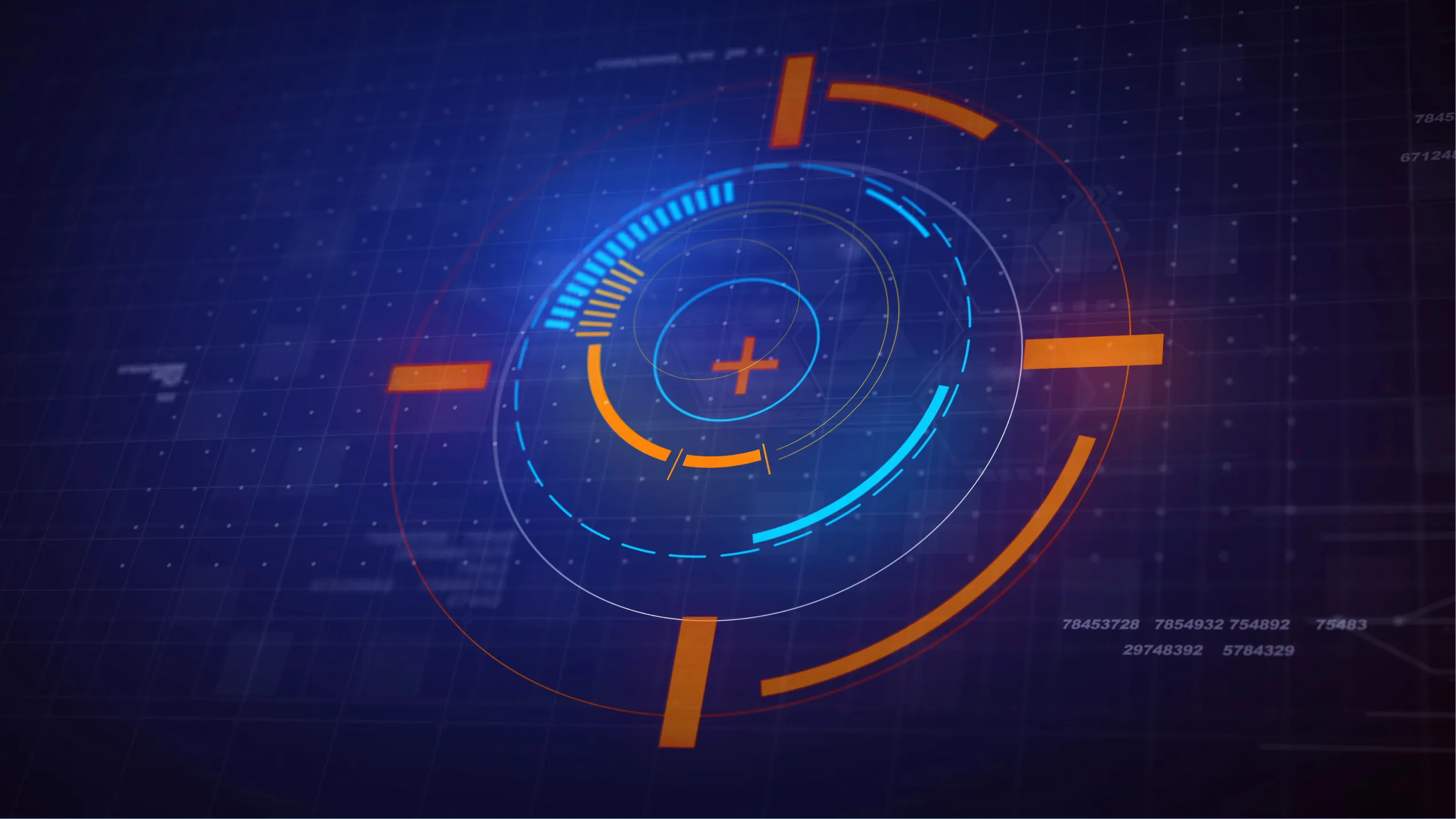
AOE Technology Radar Version #9 Released
How do we develop software that not only works but creates real value? The AOE Technology Radar provides well-founded answers to this question. It shows which technologies, methods, and services we evaluate, recommend, or deliberately avoid. Since the first edition, we have structured the Radar along four quadrants: Languages & Frameworks, Methods & Patterns, Platforms & Operations, and Tools.
If this is your first encounter with a technology radar, you can find helpful background information for getting started here.
Highlights of Version #9
In this edition, we place particular focus on inclusive digital products, quality assurance in the development process, and the professionalization of AI solutions beyond the prototype stage.
You can expect a total of 46 updates from 14 authors, including 19 new entries and 27 revised ones. This brings the Radar to a total of 249 entries (Blips) that reflect our assessment of current trends in technology and software development.
To navigate this growing collection efficiently, we recommend our chatbot Theo. He helps you find relevant entries faster, identify connections, and use the Radar purposefully as a decision-making tool.
"Our accessibility goal: to consider accessibility from the very beginning. Suitable accessibility testing tools help to identify and remove barriers early." - Stefan Rotsch, Senior Solution Architect / AOE
Inclusion, Sustainability & Responsibility
Accessibility is a key focus of this release. At the latest since the European Accessibility Act (EAA) came into effect in June 2025, digital products are required to be accessible. However, we view accessibility not only as a legal requirement but as a central quality criterion and an opportunity for better user experiences. Our goal: to consider accessibility from the very beginning. Suitable accessibility testing tools help to identify and remove barriers early.
Green IT is also not a niche topic for AOE, but a central design principle. Through energy-efficient architectures, resource-conscious implementation, and careful selection of infrastructure, the CO₂ footprint of digital systems can be measurably improved without compromising functionality.
Professionalizing AI Solutions
Generative AI has moved beyond the experimentation phase. The focus is now on stable architectures, systematic quality assurance, and scalable operational concepts. This includes approaches such as clearly structured application architectures for AI (Advanced RAG & Agent Architectures), the use of frameworks that promote reusability and maintainability (AI & Agent Frameworks), as well as professional operations and monitoring processes (LLMOps & AgentOps). The goal is for AI applications to meet the same standards in security, stability, and governance as established enterprise software.
Digital Sovereignty & Platform Alternatives
The growing demand for digital sovereignty is reflected in the inclusion of STACKIT as the preferred cloud platform for projects with high compliance requirements. European infrastructure, data protection, and open standards make STACKIT a real alternative to US hyperscalers.
In the Infrastructure-as-Code area, we are also relying on open source in new projects: following the licensing changes by HashiCorp, we are using OpenTofu, a community-driven alternative that offers compatibility and long-term stability.
Quality Assurance & Technical Enablement
Stable interfaces are a prerequisite for scalable systems. That’s why API testing is firmly embedded in our development processes. Tests in code and integration into CI/CD pipelines ensure that connections to third-party systems work reliably and that changes do not have unintended side effects.
Collaborative modeling brings business units and IT to the table through targeted workshop formats. The goal is to create a shared understanding, make architectural decisions based on a clear business foundation, and thus enable faster implementation.
New on the Radar is Technical Debt Records (TDRs), a structured format for making technical debt visible and addressable. Similar to Architecture Decision Records, TDRs document context, impact, and potential solutions. They help development teams design long-term maintainable systems, make decisions transparent, and systematically reduce legacy issues.
Technology Spotlights
In addition to strategic trends, the AOE Technology Radar presents new and particularly noteworthy technologies. Four of them are exemplary of current developments in software engineering:
- Astro is a frontend framework based on the concept of Islands Architecture. Static content is delivered efficiently, and interactive components are loaded only where needed. This requires intentional design but reduces load times and improves user experience for content-heavy websites.
- Payload CMS, a Node.js-based headless CMS with flexible content modeling options, brings noticeable improvements in performance and developer experience in version 3, as well as enhanced localization support and fine-grained access control.
- Tailwind CSS enables efficient and consistent styling. Version 4 relies entirely on CSS variables for design tokens, enabling runtime-configurable themes without additional JavaScript overhead.
- Spring Modulith improves architecture quality following the Modulith First pattern by enforcing clear module boundaries within monolithic applications. The result is cleanly structured, maintainable systems that form a basis for later modularization or migration to microservices.
An Open View on Technology Trends
The AOE Technology Radar is our central tool for classifying developments, supporting informed decisions, and fostering cross-team exchange on technology.
You can also use it: as an inspiration source, for professional development, or as a basis for discussions. We believe that open exchange leads to better solutions in the long term, both internally and externally.
Claim the whitepaper!

Kevin Schu
Director Cloud & Devops
Claim the checklist!

Kevin Schu
Director Cloud & Devops
Claim the checklist!

Kevin Schu
Director Cloud & Devops
Claim the checklist!

Stefan Rotsch
Senior Solution Architect, AOE
Claim the checklist!

Stefan Rotsch
Senior Solution Architect, AOE
Claim the whitepaper!

Kevin Schu
Director Cloud & Devops
Claim the checklist!

Kevin Schu
Director Cloud & Devops
Claim the whitepaper!

Kevin Schu
Director Cloud & Devops
Claim the checklist!

Kevin Schu
Director Cloud & Devops

.webp)


